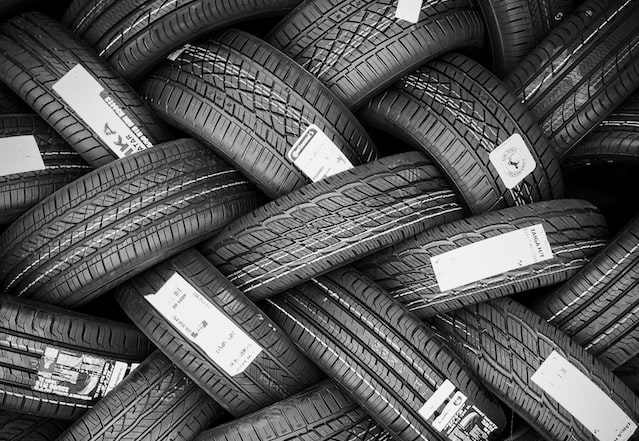
Cargroot is reader-supported. When you buy through links on our site, we may earn an affiliate commission.
If you’re wondering about the best tire size for 17×8 rims, you’ve come to the right place. The answer is 235 and 245MM tires. This article will look at how tire size matters for different rims.
How Do You Determine the Best Tire Size for Your Rims?
There are many factors that can play into your decision about the best tire size for your rims. The first thing to consider is how much weight you want to carry. Will you be hauling a lot of cargo, or will you be driving in extreme weather conditions? How much pressure will you need on the tires to handle the weight of your load?
Next, consider what kind of terrain you’ll be driving on. If you’re driving over rough terrain, consider getting a wider tire. Finally, consider how long the tire will last before needing replacement. You might be better off with a slightly broader tire if you’re driving on rough terrain.
What Happens if You Select the Wrong Tire Size for Your Rims?
If you select the wrong tire size for your rims, it could cause many problems. A tire that’s too small for your rims can cause a lot of damage to your car’s suspension system, and you may be left with an ugly dent or scrape on the vehicle that will cost you money to repair.
If you select the wrong tire size for your rims, it could also cause an accident. When tires are too small for your vehicle’s rim diameter, they can’t properly support the weight of the vehicle so it ends up tipping over when driving over rough roads or potholes—which is dangerous for both driver and passenger.
Are There Specific Tires for Specific Rims?
There are specific tires for specific rims, but it’s not as simple as it may seem. While there are tires that can be used on virtually all rims, other factors come into play. Tires that are designed to be used with specific rims require a specific rim profile, size, and speed rating.
Without this information, the tire could easily damage itself or the rim and potentially cause an accident if it is not correctly inflated.
Some manufacturers will provide this information in their product descriptions or on their websites so you know what they recommend when it comes to using a particular product on your vehicle. Other manufacturers may not provide this information at all, leaving you to research what you need yourself if necessary.
Do Different Car Brands Recommend Specific Tires for Their Vehicles?
Different car brands have their own recommendations for tires, and they may even have different recommendations for different models of the same brand. For example, if you have a Ford F-150 and want to know what size tire to get for it, you might find that Ford recommends two different sizes.
The first size is for trucks that are used all day long and driven in rough conditions. The second size is for trucks that are used just occasionally and are only driven on paved roads or other flat surfaces.
Do Big Rims Affect the Transmission?
Yes, big rims do affect transmission. They have a much bigger diameter than smaller ones so they have more weight and therefore are harder to turn without breaking them. This means that they will wear down faster than smaller rims because they have less surface area for friction between tires and road surface which results in more heat buildup inside.
Should New Tires Be Fit in the Front or Back?
It would help if you always fit new tires in the rear wheels first. Partially worn-out tires can be moved to the front. The reason for this is the rear tires are responsible for providing stability. When their tread is lost, it may become difficult to control the car, especially at high speeds. Therefore, replacing the rear tires with new ones first is always advisable.
Should You Replace All Tires at the Same Time?
If you want to get rid of old tires and replace them with something new, then it’s best to replace them in the front and back. New tires are designed to be sturdier and harder than old ones, producing less road noise when driven over bumpy roads or potholes; therefore, they are safer than older ones.
If you replace only one of your tires, this will lead to uneven wear patterns on both sides of your car. This will cause suspension damage over time and may eventually lead to expensive repairs down the line if not fixed soon enough!
Conclusion
If you are shopping for new wheels and tires, always make sure your rim and tire sizes match. Throwing mismatched wheels and tires on your car can affect handling and cause premature tire wear – the last thing you want. So before you head to the store, check your car’s tire size first to avoid these common problems.



![[Solved] Car Shaking in Reverse – Why & How to Fix It?](https://cargroot.com/wp-content/uploads/2023/03/giorgio-trovato-gBF0CCP_Qy0-unsplash-100x70.jpg)


